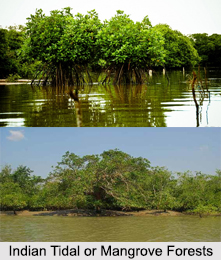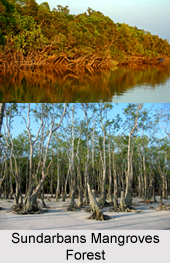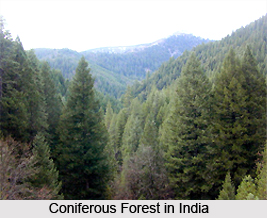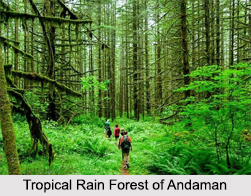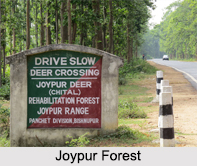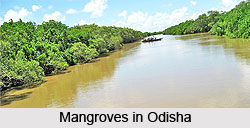 Mangroves in Odisha are found in the inter-tidal regions on the river mouth. They play a very important role in protecting the hinterland against the cyclones and the ingress of sea water during tidal surge. Mangroves alleviate coastal land mass against sea erosion.
Mangroves in Odisha are found in the inter-tidal regions on the river mouth. They play a very important role in protecting the hinterland against the cyclones and the ingress of sea water during tidal surge. Mangroves alleviate coastal land mass against sea erosion.
Mangroves in Odisha are repositories of enormous organic diversity and are also the nursery and breeding ground of several marine life forms, such as genus of prawns, crabs, fishes and molluscs.
Mangroves in Odisha sustain the ecological security of the coastal areas as well as livelihood security of the thousand of fisherman and other who leave in these areas.
Mangroves in Odisha coastal region are threatened due to high density of population in these areas and competing demand for land for agriculture and prawn farming. The mangrove belt in Kendrapada district called the Bhitarkanika mangrove forests, comprising areas between in the Dhamara mouth to Barunei on the coast, has been notified as Bhitarkanika Wildlife Sanctuary covering 672 Square kilometres.
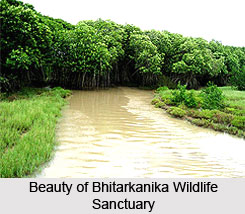
The 145 square kilometres of Bhitarkanika Wildlife Sanctuary is notifies National Park. From further southern part of Bhitarkanika Wildlife Sanctuary, the sparse mangrove vegetation of Bhitarkanika Wildlife Sanctuary occurs along the coast from Mahanadi mouth to Devi mouth. The degraded mangroves of Bhitarkanika Wildlife Sanctuary also occur to the north of Dhamara mouth up to Chudamani in Bhadrak District coast, and also on Subarnarekha deltaic mouth in Balasore District.
The administration of mangroves in Odisha was the zamindari forests (feudal lords) till 1951. With the abolition of the Zamindari system after the Independence of India, these lands vested in the State Government in 1952 (under Anchal Administration of Revenue Department). In the year 1957, the demarcated and notified protected forest blocks out of vested Zamindari forests were transport to the control of the Forest Department of Odisha.
The area of Bhitarkanika Wildlife Sanctuary has been designated as a `Ramsar Site` during the 8th meeting of the contracting parties held at Valencia from 18th -26th November 2002. In Odisha, the large belt of mangroves is the second wetland of International importance under Ramsar Convention and is one of the 19 such sites in the country.
